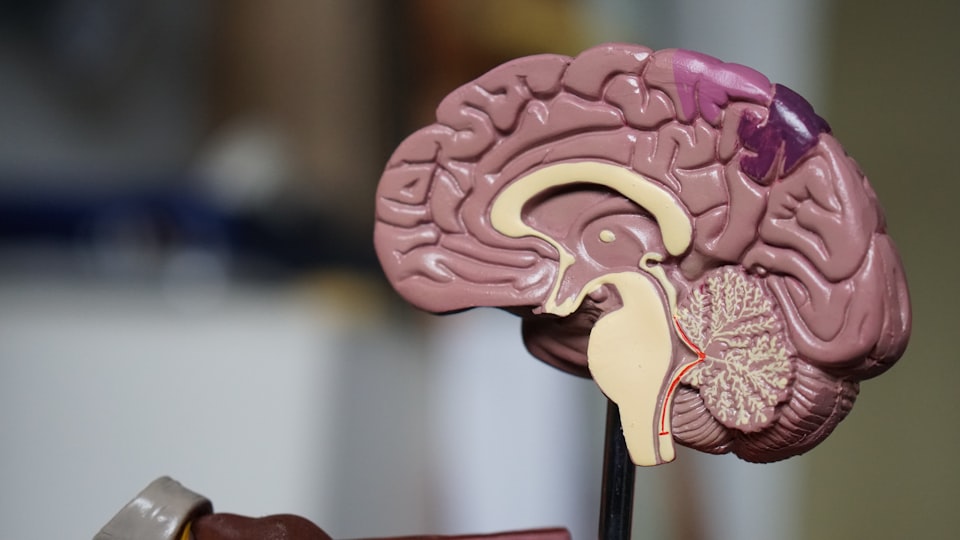Pituitary disease

Here is our run-through of the key points you need to know about pituitary disease as an anaesthetist. This is not a comprehensive article about the organ nor its function - there's loads of those around - this is a brief highlight of what you as the anaesthetic trainee need to know for your patients and your exams.
Enjoy, and let us know if you think we've missed something!
Take home messages
- The pituitary regulates all of the other endocrine glands in the body
- The patient usually presents with either symptoms of mass effect, or endocrine disturbances
- Patients with pituitary disease are of concern to the anaesthetist, as they can have difficult airways and endocrine dysregulation requiring perioperative management
Anatomy
- Divided into anterior and posterior lobes
- 0.5 - 1g in size
- Sits in sella turcica of the sphenoid next to cranial nerves 3, 4, 5 and 6
- Sits below third ventricle and hypothalamus, as well as optic chiasm
- It lies outside the blood brain barrier
Describe the blood supply to the pituitary
Arterial
- Arterial supply from hypophyseal and inferior hypophyseal arteries
- These are branches of the internal carotid artery
- They anastomose in a vascular plexus around the pituitary and form a portal circulation to the hypothalamus and venous sinuses
Venous
- Via cavernous and petrosal sinuses
Presentation
- Patients with pituitary disease usually present with symptoms either of mass effect from a pituitary growth, or with endocrine symptoms from hyper or hypo function of the gland
- Mass effect symptoms can vary but classically described is a visual field defect producing bitemporal hemianopia
Which endocrine conditions do pituitary tumours present with?
- Acromegaly
- Cushing's disease
- Panhypopituitarism
- Hyperprolactinaemia
- Hypothyroidism
Concerns for the anaesthetist
If you get asked about this in the exam, then the key to a strong answer is categorising the information clearly. Not only will this give your answer a clean and ordered structure, it will also help trigger your memory for each of the conditions.
Acromegaly tends to get examined the most in the context of pituitary pathology, so we've given it a little more attention here.
Acromegaly
Airway
- Large lips and tongue (macroglossia)
- Thickened pharyngeal tissues
- Laryngeal stenosis
Breathing
- Sleep apnoea
- Kyphosis
- Risk of post-operative respiratory failure
Cardiovascular
- Hypertension
- Left ventricular hypertrophy
- Cardiomyopathy
- Diastolic dysfunction
- Regurgitation
Neuro
- Raised ICP due to third ventricle obstruction
- Spinal cord compression
- Peripheral neuropathy (soft tissue or bony overgrowth)
Endocrine
- Diabetes mellitus
Renal
- Renal failure
Other
- Difficult cannulation (excess soft tissue)
- Logistical difficulties of a very tall patient (operating table length)
Cushing's disease
Airway
- Difficult intubation - buffalo hump, truncal obesity
Breathing
- Obstructive sleep apnoea
- Post op hypoventilation - proximal muscle weakness
Cardiovascular
- Hypertension - avoid cocaine as nasal mucosal vasoconstrictor - use co-phenylcaine instead
- Increased VTE risk
Endocrine
- Glucose control
GI
- Gastric ulcers - avoid NSAIDs where possible
Other
- Difficult cannulation, thin skin liable to damage
- Difficult positioning, joint pain, osteoporosis
- Thick neck makes CVC insertion difficult
- Increased risk of infection
- Corneal abrasion (exophthalmos)
Hypothyroidism
- Highly sensitive to anaesthetic agents
- Slow recovery
- Reduced hypercapnoeic and hypoxic drive
- Hypothermia
- Risk of heart failure
Diabetes Insipidus
- Lack of anti-diuretic hormone (posterior pituitary)
- Treat with ddAVP (desmopressin)
- Risk of hypernatraemia and dehydration
Surgery
- Trans-sphenoidal
- Oral intubation - fibreoptic if needed
- Oropharynx packed with wet gauze to absorb blood and stabilise tube
- Antibiotics and hydrocortisone at induction
- Nasal bone and sphenoid are deliberately broken, which is highly stimulating - remifentanil and alfentanil may be helpful
- NSAIDs are controversial as they may be linked to post-op bleeding
- Lots of anti-emetic cover is needed
What are the complications of trans-sphenoidal surgery?
Surgical damage
- CSF leak
- Cranial nerves 3, 4, 5 or 7
- Visual field defects
- Bleeding and stroke
Endocrine
- SIADH
- Panhypopituitarism
- Diabetes insipidus (often resolves by itself)
Other
- Venous air embolism is surprisingly uncommon
- Meningitis
Post operative concerns
- CPAP is contraindicated (tension pneumocephalus)
- Risk of airway obstruction
- Neurological observations on HDU/ITU
- Hormone and steroid replacement
What is pituitary apoplexy?
- Acute haemorrhagic infarction, usually of the anterior pituitary
- Can happen after debulking of tumour
- Treatment is with emergency decompression and then supportive treatment with hormone and steroid replacement
Useful Tweets and Resources
Tip of the day 💡: If you did not ask your surgeon, you would never know that this was fat packing after a *complete* trans-sphenoidal resection of a germinoma. Engage in meaningful conversations this weekend 🌝 pic.twitter.com/f0rzMnsQUK
— Dr Kish Mankad (@drmankad) April 21, 2023
References and Further Reading

Primary FRCA Toolkit
While this subject is largely the remit of the Final FRCA examination, up to 20% of the exam can cover Primary material, so don't get caught out!
Members receive 60% discount off the FRCA Primary Toolkit. If you have previously purchased a toolkit at full price, please email anaestheasier@gmail.com for a retrospective discount.

Discount is applied as 6 months free membership - please don't hesitate to email Anaestheasier@gmail.com if you have any questions!
Just a quick reminder that all information posted on Anaestheasier.com is for educational purposes only, and it does not constitute medical or clinical advice.